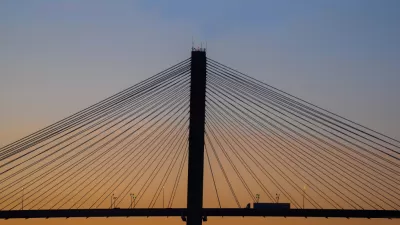Up to 75 percent or more of many companies’ greenhouse gas emissions come from activities impacted by urban planning. Like it or not, planners are key players in mitigation. Technology can help.
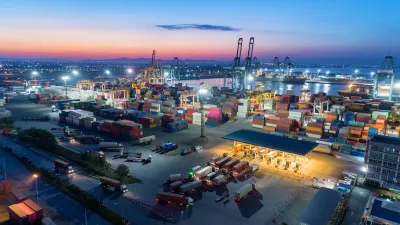
In September, 2024, The MIT Center for Transportation and Logistics and the Council of Supply Chain Management Professionals released the fifth State of Supply Chain Sustainability report. They surveyed over 7,000 industry professionals in over 80 countries, finding that 67 percent of surveyed companies did not have a net-zero goal. Of the ones that did, many were unprepared to meet that goal, especially when measuring and reducing Scope 3 emissions.
Scope 3 emissions are the greenhouse gases the reporting business produces indirectly. It may not own or control the assets responsible, but they are still related to activities across its value chain. This includes warehouse distribution and last-mile delivery.
The thing is: most emissions are indirect. Over 75 percent of companies' emitted greenhouse gases fall under Scope 3, underscoring the importance of comprehensive visibility and continuous monitoring. And since many companies reportedly struggle to measure and reduce carbon dioxide across their value chains, for good or bad the responsibility falls to urban planners.
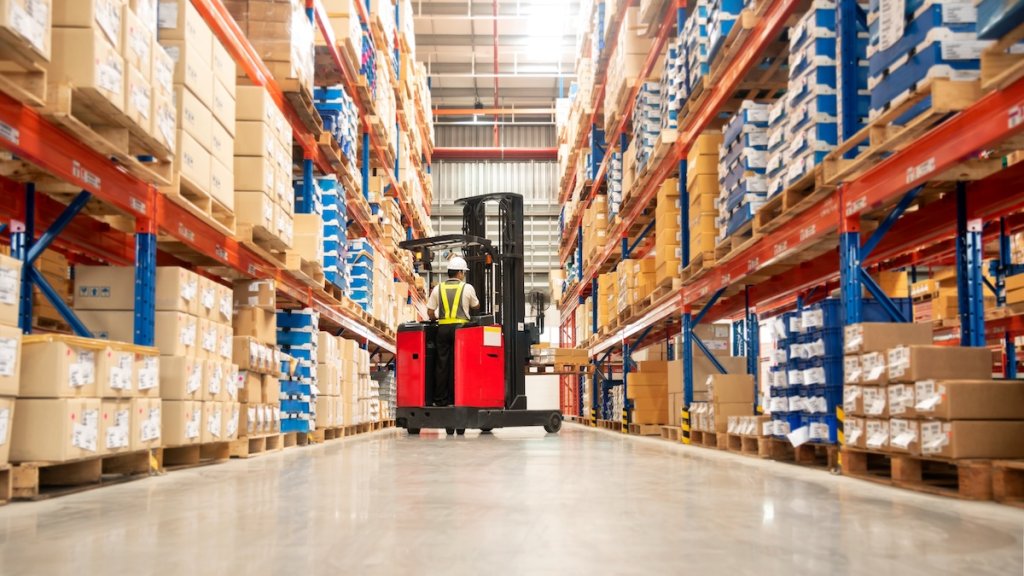
Low hanging fruit
The tools exist for urban planners to optimize supply chains within city limits, improving efficiency while reducing their carbon footprint. And since integration is relatively straightforward, almost any city could adopt this strategy. And yet many haven’t, mostly due to technical challenges. Many leaders don’t understand how to join urban legacy systems and manual methods with modern solutions.
Here’s one example of some low hanging fruit: according to a 2024 KPMG study, half of the logistics companies surveyed reported they would invest in applications that support sophisticated analytics and artificial intelligence. While this figure is high enough to facilitate public-private partnerships, it is still relatively low. Urban planners can bridge the gap with their own AI-powered tools or predictive platforms.
These tools could automate backend processes because they can detect vehicle type, speed and volume. They can generate in-depth information on road bottlenecks, delivery frequency, construction and route utilization, enabling real-time route adjustments. They’d also reduce human error by enhancing traffic violation enforcement and digital traffic control sign deployment.
Driver feedback devices can mitigate habits like harsh braking, acceleration and cornering in fleets and delivery vehicles, sending alerts to notify drivers of harmful behavior and improving fuel efficiency by around 3 percent. These tools also facilitate data-driven signal timing and accelerated accident response, helping keep roadways clear. The city could wirelessly push information about road closures or traffic congestion to every delivery vehicle in the area, optimizing coordination.
Smart logistics platforms could enable traffic camera-based reporting, route orchestration or asset management. Urban planners would gain comprehensive visibility, allowing them to explore novel solutions like drone delivery or autonomous delivery vehicles.
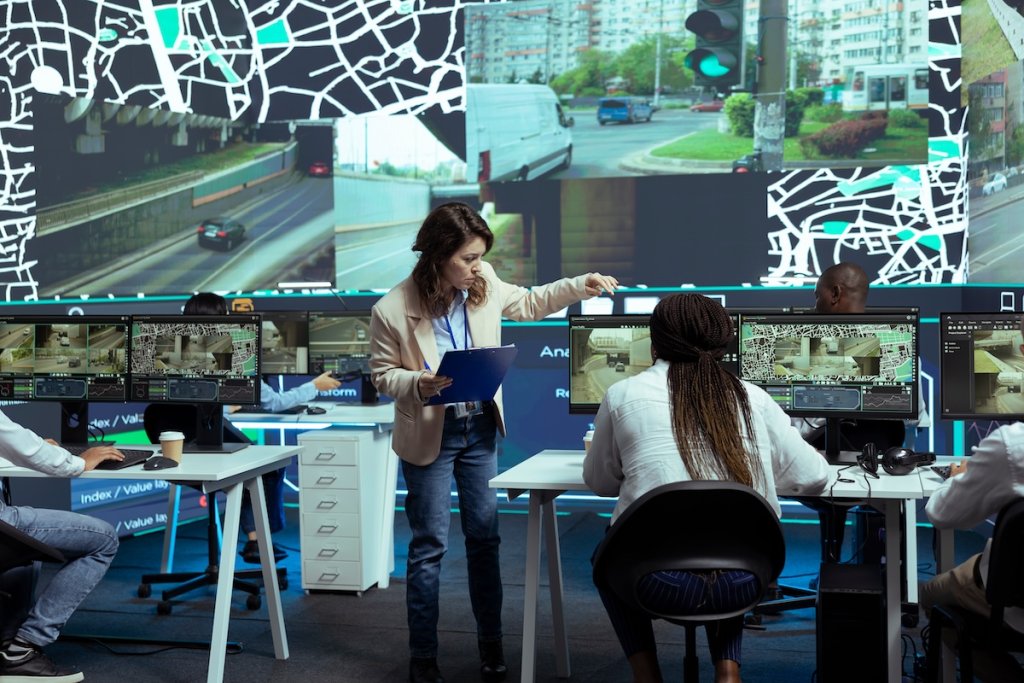
Even simple tracking software that updates in real time could lead to noticeable improvements in traffic flow within urban environments. Cities increasingly use smart technologies to measure traffic flow and adjust signal timing. These insights are among the multiple traffic operation and transportation benefits city officials have reported as a result of this technology.
These solutions can improve fleet management and inform future infrastructure development strategies. Traffic insights — such as which routes are experiencing blockages or tend to get busier at particular times of day — could also decrease failed deliveries since drivers could bypass inefficient routes and stay on schedule rather than skipping houses to complete routes on time. Reducing the number of reattempted deliveries lowers greenhouse gas emissions and helps keep the roads clear.
And if these kinds of changes sound risky, it’s critical to note that they can be experimented with and tweaked in advance before they’re ever tested on the road in real life. Digital twins can model an unrealized process, system or product, allowing planners to test their ideas before committing to a significant investment.
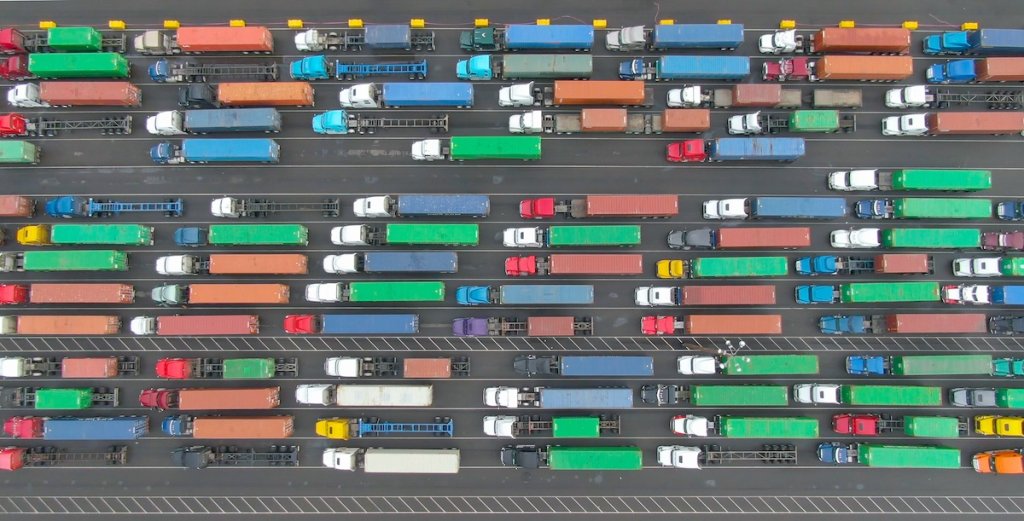
A win-win
The benefits of optimizing supply chains go both ways. While the city gains more resilient and sustainable systems, companies benefit too. When a company optimizes its supply chain, it lowers operational expenses by 15 percent and halves carrying costs and completes its cash-to-cash cycles three times faster. These improvements incentivize public-private partnerships, so cities do not have to cover all costs. Private companies could help finance, build and maintain the systems in exchange for these benefits while cities retain control of the public’s data.
That said, there are obstacles. Data privacy becomes a concern when city officials leverage internet-enabled tools. A single breach could compromise a wealth of sensitive information, opening the city to legal action. Modern cybersecurity systems can mitigate this risk, but installation, operation and maintenance require a dedicated team of knowledgeable professionals.
Carefully defined collaboration between the public and private sectors could mitigate these risks. Alternatively, policymakers could develop a new body for urban supply chain management.
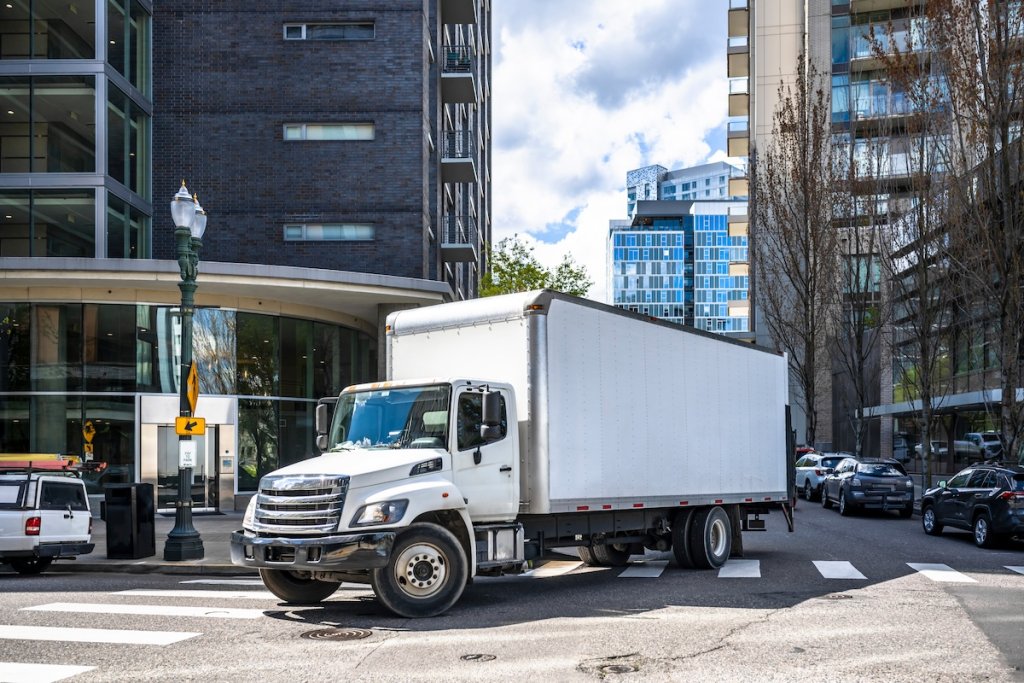
Embracing the future
Smart cities are on the rise, but the adoption rate is still relatively low. More urban planners should give smart technology a second look. E-commerce is a massive industry, so delivery vans and semi trucks are here to stay. Managing greenhouse gas emissions, urban congestion and roadway wear is essential.
Cities could improve traffic operations and transportation planning by adopting smart solutions. It would lower maintenance expenses, improve residents’ quality of life and attract companies with ample finances. These technologies represent the future of urban planning. Urban planners should embrace this change to reap the benefits.

Planetizen Federal Action Tracker
A weekly monitor of how Trump’s orders and actions are impacting planners and planning in America.

San Francisco's School District Spent $105M To Build Affordable Housing for Teachers — And That's Just the Beginning
SFUSD joins a growing list of school districts using their land holdings to address housing affordability challenges faced by their own employees.

The Tiny, Adorable $7,000 Car Turning Japan Onto EVs
The single seat Mibot charges from a regular plug as quickly as an iPad, and is about half the price of an average EV.

Seattle's Plan for Adopting Driverless Cars
Equity, safety, accessibility and affordability are front of mind as the city prepares for robotaxis and other autonomous vehicles.

As Trump Phases Out FEMA, Is It Time to Flee the Floodplains?
With less federal funding available for disaster relief efforts, the need to relocate at-risk communities is more urgent than ever.

With Protected Lanes, 460% More People Commute by Bike
For those needing more ammo, more data proving what we already knew is here.
Urban Design for Planners 1: Software Tools
This six-course series explores essential urban design concepts using open source software and equips planners with the tools they need to participate fully in the urban design process.
Planning for Universal Design
Learn the tools for implementing Universal Design in planning regulations.
Smith Gee Studio
City of Charlotte
City of Camden Redevelopment Agency
City of Astoria
Transportation Research & Education Center (TREC) at Portland State University
US High Speed Rail Association
City of Camden Redevelopment Agency
Municipality of Princeton (NJ)




























